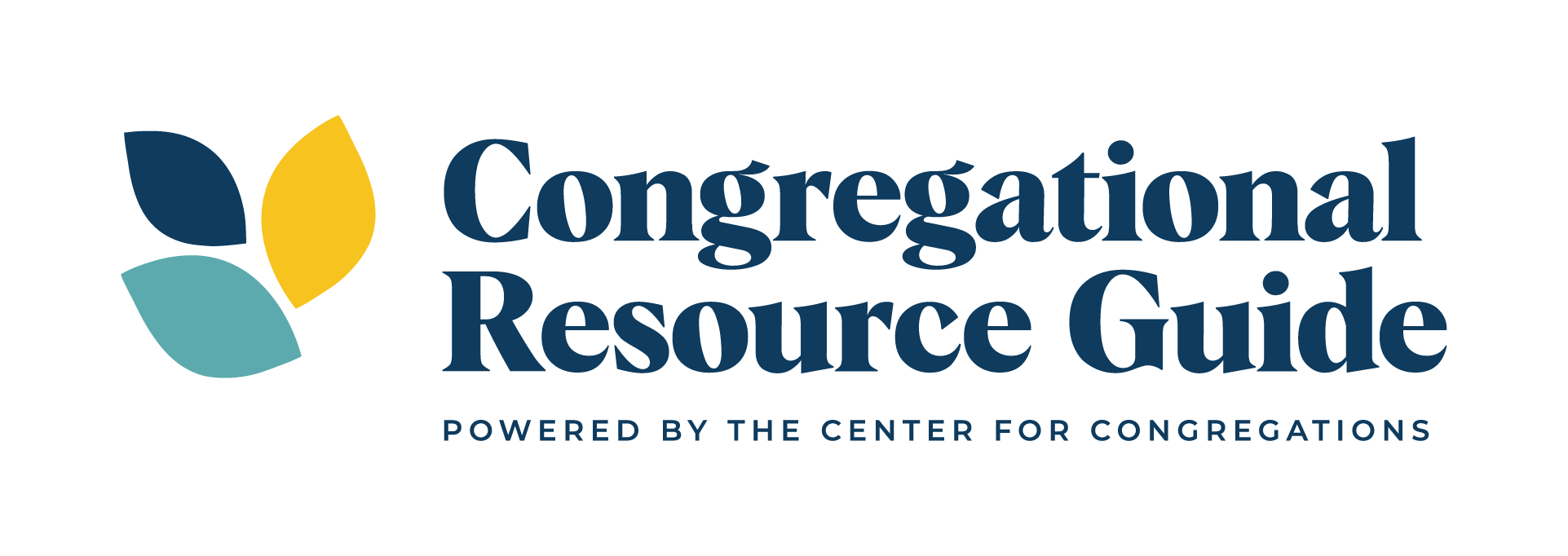Description
This report helps congregations understand the spectrum of spiritual identity in the U.S. and how spiritual identity affects people’s community and political engagement. Published in 2020, the findings are based on research that the Fetzer Institute conducted to understand people’s intrinsic spirituality and to help build a spiritual foundation for a loving world.
To research spiritual beliefs in the U.S., the Fetzer Institute reached out to people inside and outside religious institutions through focus groups, in-depth interviews, and a national survey. The findings are organized around guiding questions, such as “ How do people describe spirituality for themselves?” and “ How does a sense of accountability inform the way people connect to inner spirituality and outer action?”
Features
- 122 pages
- 6 key findings
- Graphs and illustrations of data
- Quotations from respondents
- Expert Insight sections
Practical Applications
- Discuss a guiding question or graph with a study group to gain insight into spiritual practices within and beyond your congregation.
- Compare and contrast your congregation with the research findings to understand how your congregation reflects spiritual beliefs in the U.S.
- Discuss the research with your congregational leadership to determine how your congregation might engage in civic action.


